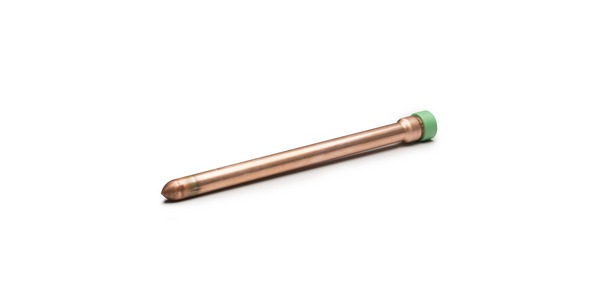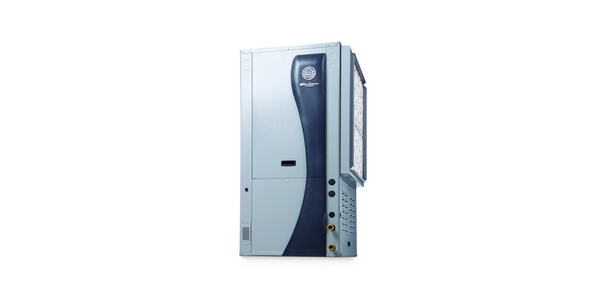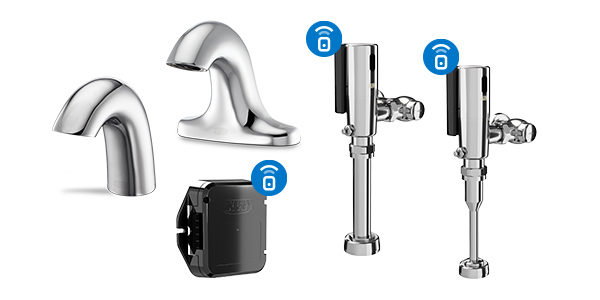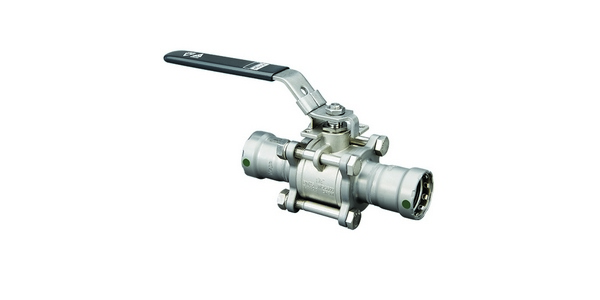Aquatherm Features Straight PP-R to Copper Sweated Connections for HVAC Plumbing Applications

LINDON, Utah Aquatherm’s polypropylene-random piping systems, which are increasingly being used in a variety of PHVAC applications, now feature a straight, threadless transition from PP-R pipe to copper sweated connections. This new transition allows for installations to be more easily fitted out entirely in PP-R, particularly on commercial and industrial plumbing applications using Aquatherm.
Now with straight Aquatherm-to-copper stub-outs, which come in ½-inch, ¾-inch and 1-inch diameters, and are 11-inch, 11-inch and 18–inch long respectively, installers can easily transition to a fancoil unit, zone valve, heat pump or other HVAC components with sweated connections using PP-R. Aquatherm teamed up with Sioux Chief Manufacturing to create this new stub-out, which represents a more mainstream transition method for copper sweated connections.
The PP-R portion of the stub-out is mold-injected PP-R manufactured in Germany from the same material as Aquatherm Green Pipe and Aquatherm Blue Pipe (formerly Climatherm) and is connected via heat fusion. The copper portion of the stub-out is manufactured in the U.S. by Sioux Chief and is connected using standard copper solder joints or compression fittings. The fitting is a combination of a custom Aquatherm PP-R socket with the copper added by Sioux Chief. The fused PP-R portion is covered under Aquatherm’s warranty and the copper portion is covered under a Sioux Chief warranty.
According to Aquatherm North America President and CEO Adam Clark, “This product has been requested by many who want a more convenient way to transition to HVAC sweated connections. Previously, installers would have to use a threaded copper part before transitioning to HVAC components with sweated copper connections but this part makes it simple.”
All Aquatherm systems are connected via heat fusion – which bonds the pipe and fitting at the molecular level creating joints that last a lifetime while eliminating toxic materials, glues and resins, and open flames from piping installations.




